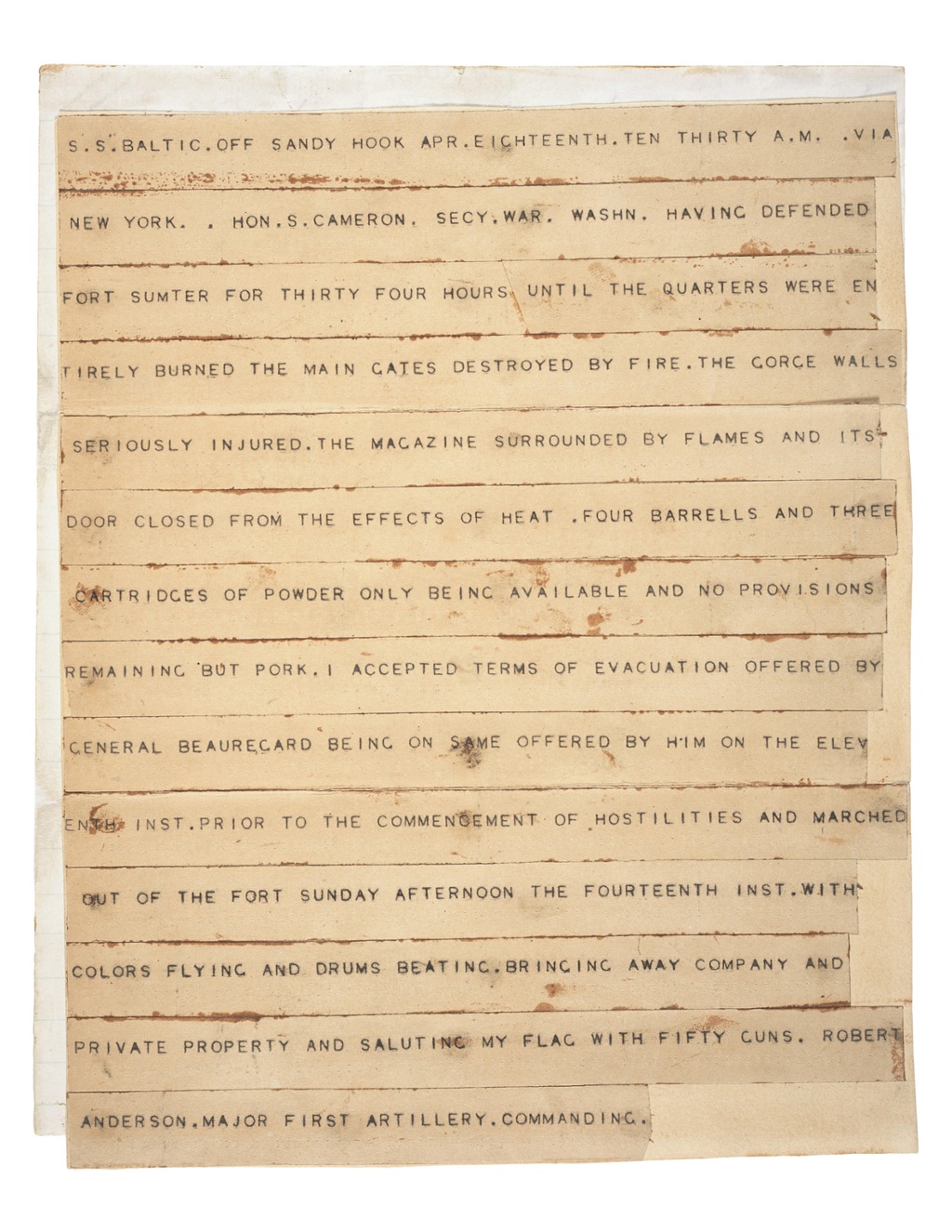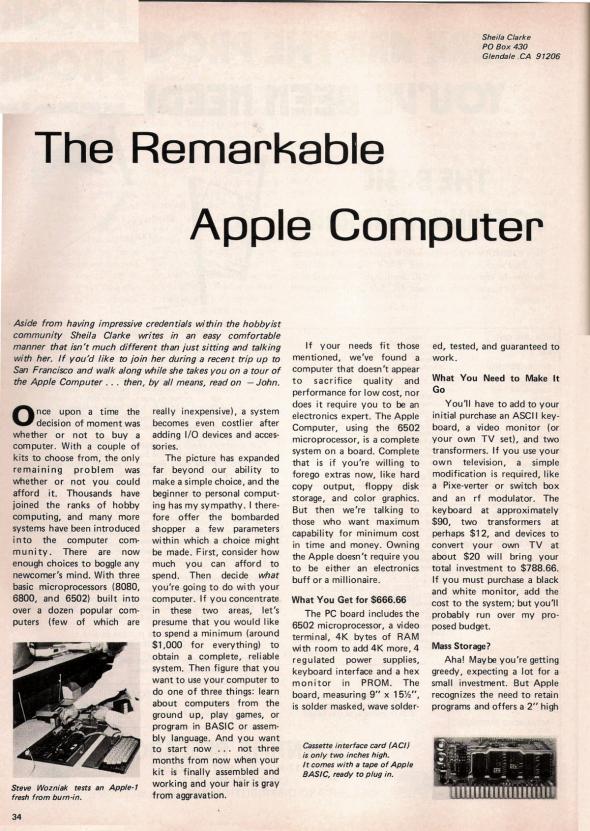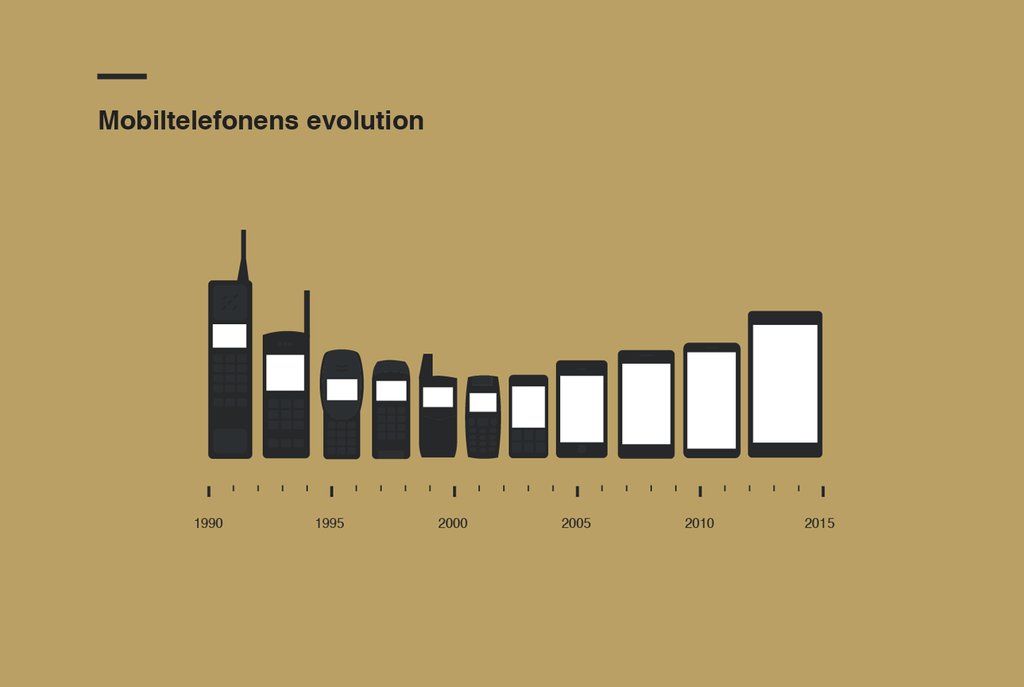“And I ask you now, who dares to tell me to celebrate them?”
You Want a Confederate Monument? My Body Is a Confederate Monument:
According to the rule of hypodescent (the social and legal practice of assigning a genetically mixed-race person to the race with less social power) I am the daughter of two black people, the granddaughter of four black people, the great-granddaughter of eight black people. Go back one more generation and it gets less straightforward, and more sinister. As far as family history has always told, and as modern DNA testing has allowed me to confirm, I am the descendant of black women who were domestic servants and white men who raped their help.
It is an extraordinary truth of my life that I am biologically more than half white, and yet I have no white people in my genealogy in living memory. No. Voluntary. Whiteness. I am more than half white, and none of it was consensual. White Southern men — my ancestors — took what they wanted from women they did not love, over whom they had extraordinary power, and then failed to claim their children.
What is a monument but a standing memory? An artifact to make tangible the truth of the past. My body and blood are a tangible truth of the South and its past. The black people I come from were owned by the white people I come from. The white people I come from fought and died for their Lost Cause. And I ask you now, who dares to tell me to celebrate them? Who dares to ask me to accept their mounted pedestals?
This is the best thing I read in today’s Sunday Times.




